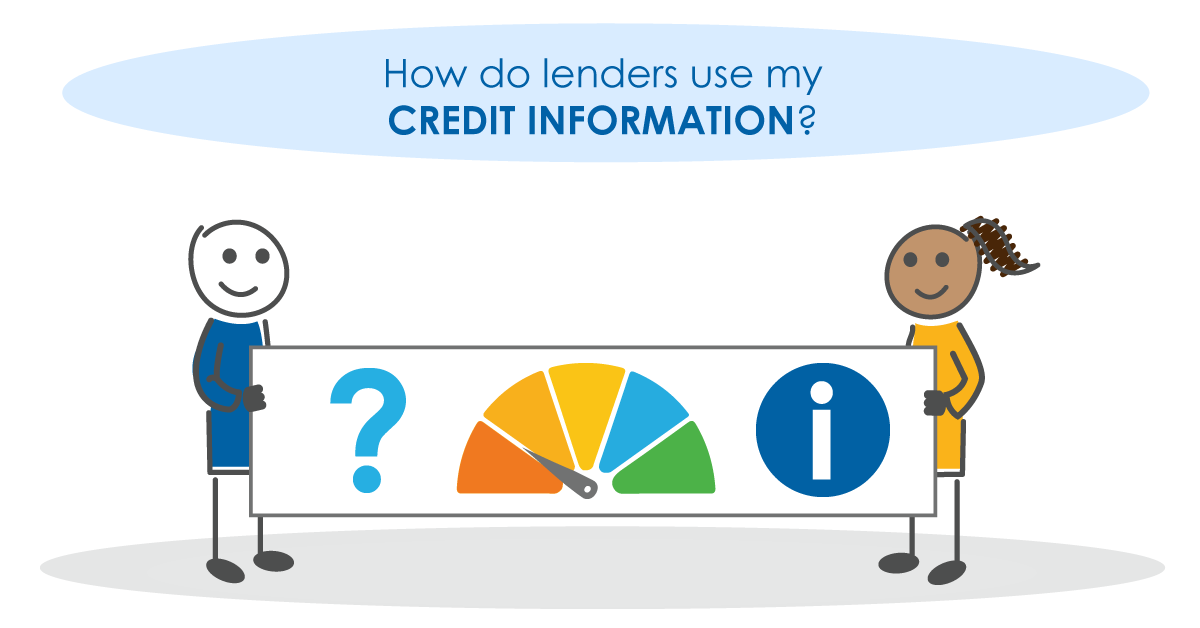
When you apply for a car loan, the lender will look at your credit history to determine whether to risk giving you credit. This guide explains what is included in your credit information, what a lender sees when they perform a credit search, and what could be perceived as having bad credit.
Who has access to my credit report?
Only authorised organisations with specific permissions can view your full credit report.
If you apply for car finance, the lender should let you know they are going to look at your report during the application. That’s why it’s sensible to know what credit score is needed for car finance before applying.
Did you know that a credit reference agency only allows a lender access to credit reports, if they share the same level of information about their customers too?
For example, if the lender only shares information about customers who have defaulted with them, to the credit reference agency, then they will only be able to see default information from other lenders.
How can I tell who has looked at my credit report?
A credit footprint is left on your report every time someone accesses it, these footprints are kept on your report for one to two years.
You can ask to view a free version of your credit report from the three credit reference agencies in the UK, so you can see who has left these footprints.
Footprints are also known as hard or soft credit searches.
What is the difference between a hard and soft credit search?
A hard search could affect your credit score, a soft one will not.
Hard searches are carried out by lenders when you apply for credit, and sometimes if you are being chased for an outstanding debt.
Applying for credit many times, and in a short space of time, could indicate to a lender that you are trying to take out too much credit.
Soft searches are left if you are just shopping around for credit, and comparing deals before making a full application for credit.
These soft footprints are not visible to lenders if they are performing a hard search when deciding whether to give you credit.
What is creditworthiness?
The law requires lenders to assess your creditworthiness, which is a combination of credit risk and affordability.
Credit risk is the likelihood that you will repay your loan, based on past behaviour with other credit commitments in your credit information.
Affordability refers to whether you can safely afford the new credit repayments every month, based on income and expenses.
What accounts are included in my credit information?
Open and successfully paid off credit accounts, with the dates they were opened and closed, the current balance on the account and the repayment history.
Once an account is closed it stays on your report for 6 to 7 years, after the date it was settled.
A lender will see your defaulted accounts, an account is marked as defaulted if you have missed one or more payments, and the lender deems you have broken the credit agreement.
A mainstream lender such as your bank, may refuse your credit application due to defaults, a bad credit lender will be more open when taking defaults into account when assessing your credit information.
You may have an “arrangement to pay” listed on an account if you have been struggling to pay the monthly repayments. This means the lender has agreed to let you make reduced payments, for a certain amount of time.
Non-credit repayments are also listed on your account such as rent payments and utilities. These can be used by a lender to assess your creditworthiness too.
What other information is included?
Information that could be seen having bad credit:
- County Court Judgements
- Individual voluntary arrangements
- Bankruptcy orders
- Debt relief orders
Other public information such as:
- Electoral register information
- Address information
- Financial Associates (Someone you have taken out a joint financial product with)



